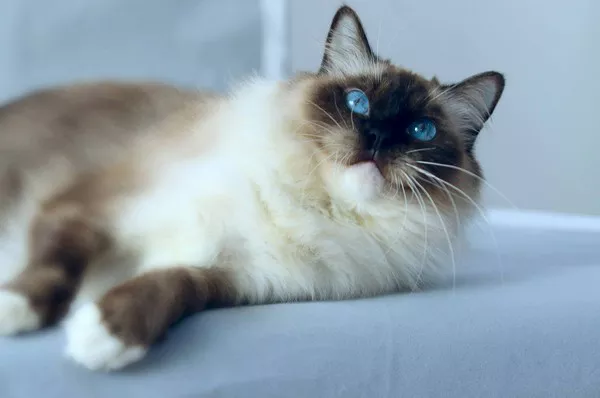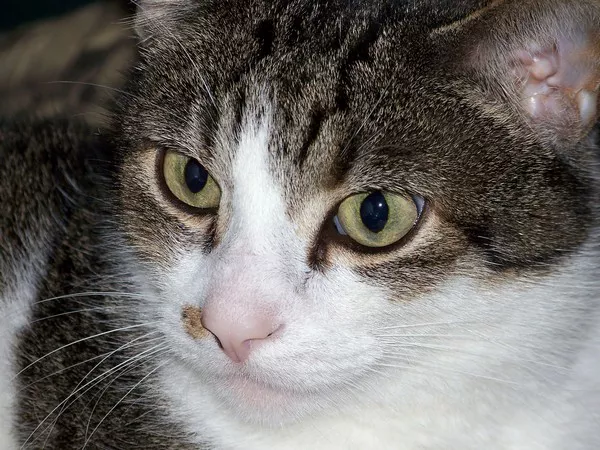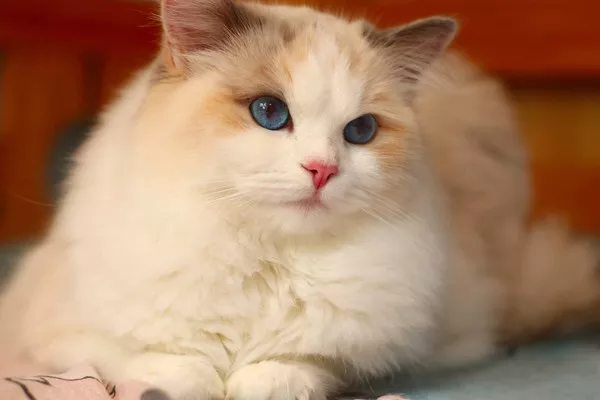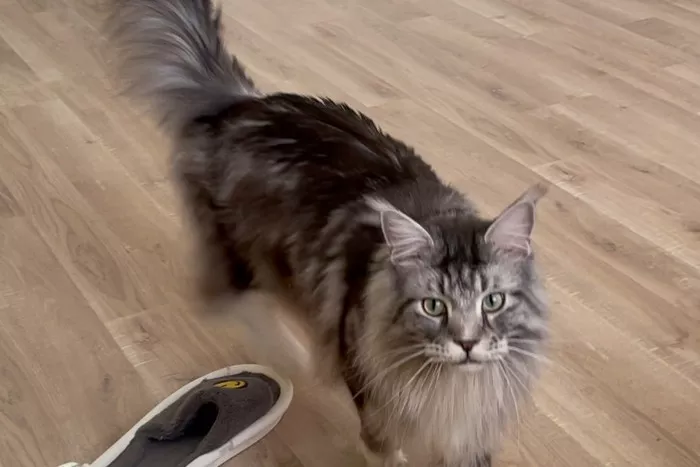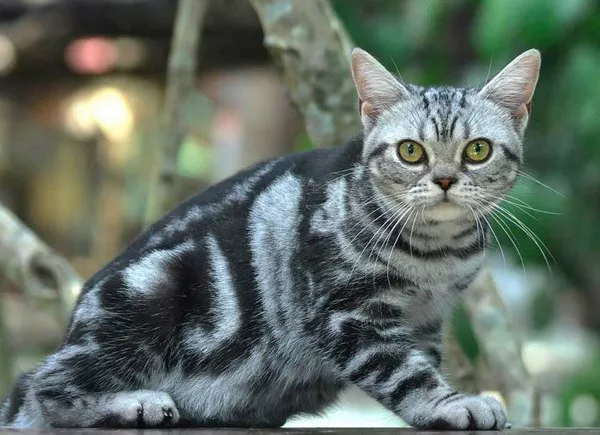As our feline companions gracefully age into their senior years, it’s not uncommon for pet owners to notice changes in their grooming habits. Grooming is a fundamental aspect of a cat‘s behavior, contributing not only to their physical well-being but also serving as a form of self-expression and stress relief. When senior cats begin to deviate from their usual grooming routines, it raises questions about their health and well-being. In this article, we explore the reasons behind why senior cats may stop grooming, potential health implications, and proactive measures to support their overall comfort and happiness.
The Significance of Grooming in Cats
Before delving into the reasons behind the decline in grooming behavior among senior cats, it’s essential to understand the importance of grooming in feline life. Grooming serves various purposes for cats, including:
Maintaining Fur Condition:
Cats groom to keep their fur clean, remove loose hair, and distribute natural oils evenly.
Temperature Regulation:
Grooming helps regulate body temperature by redistributing oils and promoting air circulation through the fur.
Bonding and Social Interaction:
Mutual grooming is a common social behavior among cats, fostering bonds within a group.
Stress Reduction:
Cats groom as a stress-relief mechanism, particularly during moments of anxiety or tension.
Health Monitoring:
Regular grooming allows cats to monitor their bodies for abnormalities, such as lumps or skin issues.
The Shift in Grooming Behavior Among Senior Cats
1. Arthritis and Joint Pain:
As cats age, they may develop arthritis or joint pain, making certain grooming movements uncomfortable or painful. Cats with arthritis may find it challenging to reach certain areas of their body, leading to a decline in grooming.
2. Dental Issues:
Dental problems, such as gingivitis or tooth decay, can cause discomfort during grooming, especially if the cat avoids touching the face or mouth area.
3. Obesity:
Senior cats are more prone to obesity, which can limit their flexibility and hinder grooming efforts. Additionally, overweight cats may struggle to reach certain areas or experience fatigue during grooming.
4. Reduced Flexibility:
General stiffness and reduced flexibility associated with aging can impact a cat’s ability to perform elaborate grooming routines.
5. Cognitive Decline:
Cognitive decline, a common occurrence in senior cats, can lead to forgetfulness or a lack of interest in grooming.
6. Skin Conditions:
Senior cats may develop skin conditions or allergies that cause discomfort, leading them to avoid grooming activities.
7. Pain or Discomfort:
Underlying medical conditions, such as internal pain or discomfort, can discourage a cat from engaging in grooming behaviors.
8. Changes in Mental Health:
Cats are sensitive creatures, and changes in their environment, routine, or the introduction of new pets can contribute to stress or anxiety, affecting their grooming habits.
Addressing Grooming Challenges in Senior Cats
1. Regular Veterinary Checkups:
Regular veterinary checkups are crucial for identifying and addressing any underlying health issues contributing to changes in grooming behavior. A thorough examination can pinpoint potential causes, from dental problems to arthritis.
2. Gentle Brushing Assistance:
Offering gentle brushing assistance to senior cats can help address grooming challenges. Use soft brushes and take a slow, patient approach to make the experience positive and comfortable.
3. Maintaining a Healthy Diet:
Providing a well-balanced, age-appropriate diet is essential for senior cats. Proper nutrition supports overall health, including the condition of the skin and coat.
4. Regular Dental Care:
Regular dental care, including professional cleanings and at-home dental routines, can alleviate discomfort associated with dental issues, encouraging grooming.
5. Environmental Comfort:
Creating a comfortable and stress-free environment is vital for senior cats. Ensure they have quiet, cozy spaces and minimize disruptions that could contribute to anxiety.
6. Regular Grooming Sessions:
Engage in regular, short grooming sessions to gradually reintroduce grooming habits. This helps senior cats become accustomed to the process without overwhelming them.
7. Adjusting Grooming Techniques:
Be mindful of your cat’s comfort and adjust grooming techniques accordingly. Gentle, slow movements and paying attention to their reactions can make the experience more pleasant.
8. Addressing Skin Conditions:
If skin conditions are identified, work closely with your veterinarian to address the underlying causes and implement appropriate treatments.
9. Promoting Mental Stimulation:
Stimulate your senior cat mentally through interactive toys, puzzle feeders, and positive social interactions. Mental engagement contributes to overall well-being.
Conclusion
The shift in grooming behavior among senior cats is a nuanced aspect of feline aging, requiring a thoughtful and individualized approach. Understanding the potential reasons behind the decline in grooming, from physical discomfort to cognitive changes, empowers cat owners to provide targeted care and support.
As devoted guardians of our feline friends, it’s our responsibility to adapt to their evolving needs, ensuring their golden years are marked by comfort, companionship, and a sense of security. Through regular veterinary care, gentle grooming assistance, and a nurturing environment, we can enhance the quality of life for our senior cats, allowing them to age gracefully and with the dignity they deserve.

